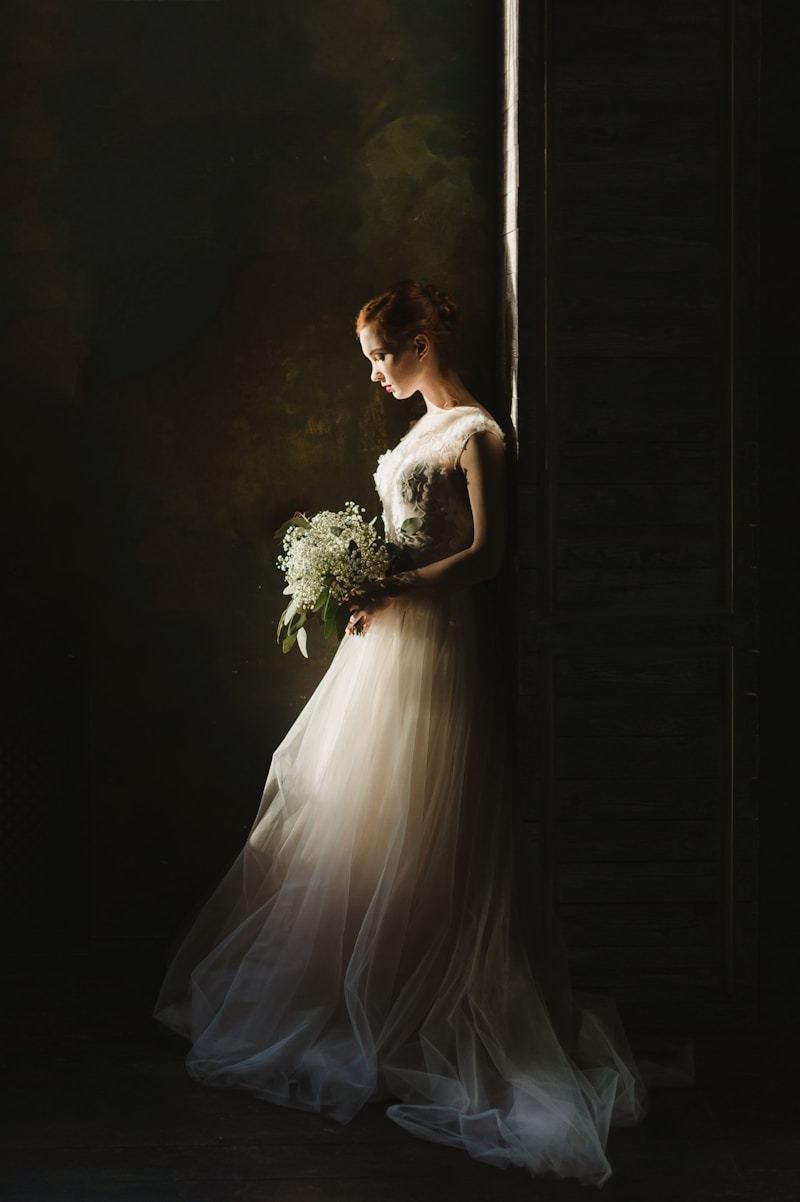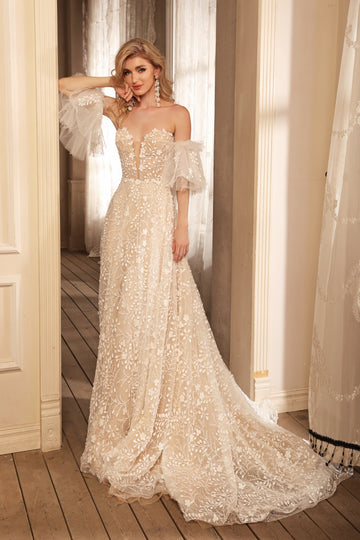Cultural Considerations in Bridal Fit: A Comprehensive Guide
Cultural Considerations in Bridal Fit: A Comprehensive Guide
When it comes to bridal fashion, one size does not fit all. Each bride brings her unique cultural background and personal preferences to the aisle, making cultural considerations in bridal fit not only important but essential. In this article, we will explore how various cultures influence bridal gown fitting and styling, ensuring brides feel both beautiful and comfortable on their special day.
Understanding Cultural Significance
Every culture has its own beliefs and traditions surrounding weddings, often reflected in attire. Understanding these cultural nuances is crucial for bridal businesses, designers, and consultants. Specific styles, colors, and fabrics may hold significant meaning, making it essential to acknowledge these factors during the fitting process.
Key Cultural Factors Affecting Bridal Fit
| Cultural Factor | Impact on Bridal Fit |
| Body Image and Size | Varies by culture; some admire curvier figures while others prefer slim silhouettes. |
| Modesty Requirements | Some cultures prioritize modesty, affecting the choice of neckline and sleeve length. |
| Traditional Embellishments | Use of specific fabrics or designs that symbolize cultural heritage can affect the fit. |
| Color Significance | Colors can carry different meanings in diverse cultures, influencing gown choice and fit. |
Body Images and Sizes Across Cultures
Body image is a significant cultural consideration in bridal fit. In South Asian cultures, for example, a fuller figure may be celebrated, leading brides to choose dresses that emphasize their curves. Contrarily, many Western cultures might lean toward a more fitted silhouette, favoring a taller, slimmer appearance. Bridal consultants should engage in open discussions with brides about cultural perceptions of beauty to tailor fittings that celebrate their unique bodies with respect and sensitivity.
Modesty in Bridal Fitting
In many cultures, modesty plays a vital role in bridal attire. For instance, traditional Middle Eastern weddings often require brides to wear dresses that cover their arms, legs, and sometimes even the neckline. This necessity can alter the design and fit of the dress significantly, as it might require additional fabric, overlays, or layers. Understanding the bride's cultural requirements regarding modesty ensures a gown that honors her traditions while still being fashionable.
Embellishments and Cultural Heritage
Adding cultural embellishments can significantly impact the fit of a bridal gown. For example, in some African nations, intricate beadwork or colorful tribal patterns are not only fashionable but embody a bride's heritage. Designers must accommodate these elements when adjusting the fit of the gown, ensuring the bride's cultural background is honored and appropriately showcased. Opting for traditional elements harmonious with the bride's style often leads to a more personalized experience.
Colors and Their Significance
Colors have profound meanings across various cultures and can affect bridal gown selection and fitting. In Chinese culture, red symbolizes good fortune and joy, often steering brides toward red gowns or dresses accented with red elements. Conversely, Western cultures typically favor white or ivory gowns, symbolizing purity and innocence. Bridal designers must be sensitive to these differences when consulting with brides, ensuring color choices align with cultural significance, which may also impact the fitting style.
Bridal Consultation and Fitting Process
To accommodate cultural considerations in bridal fit, a thorough consultation is fundamental. An effective process should include the following steps:
- Open Dialogue: Initiate conversations with brides about their cultural backgrounds and expectations.
- Document Preferences: Take notes on specific fitting considerations related to cultural significance, such as preferred styles, silhouettes, and color schemes.
- Material Consideration: Suggest materials that resonate with cultural significance while ensuring comfort and fit.
- Inclusive Sizing: Offer a diverse range of sizes and shapes to celebrate all body types.
- Prototype fittings: Provide options for brides to try out different designs flexibly and freely.
Understanding Local Trends
Aside from cultural considerations, it's crucial to remain aware of local bridal trends that may influence fitting styles. Each region may favor specific designs, fittings, or embellishments. For example, beach weddings in areas like the Caribbean might prioritize lightweight, flowing gowns, whereas formal ceremonies in metropolitan cities may prefer more structured and embellished fits. Staying updated on these trends can provide valuable insights into what brides may be seeking.

Conclusion
In summary, cultural considerations in bridal fit play a paramount role in delivering an exceptional bridal experience. By understanding the significant factors, including body image perceptions, modesty, embellishments, and color meanings, bridal consultants can ensure a gown that respectfully honors the bride's heritage. This thoughtful approach not only enhances the overall experience for the bride but also fosters a deeper connection between the consultant and the bride, ultimately leading to a more satisfying and memorable occasion.
Brides and designers alike must recognize that cultural significance cannot be overstated. To ensure an enriching experience, it's vital to engage in ongoing conversations about cultural expectations, be attuned to local trends, and prioritize inclusivity. By weaving cultural considerations into the bridal fitting process, we pave the way for diversity and beauty in the wedding world, allowing each bride to feel confident and radiant on her special day.
